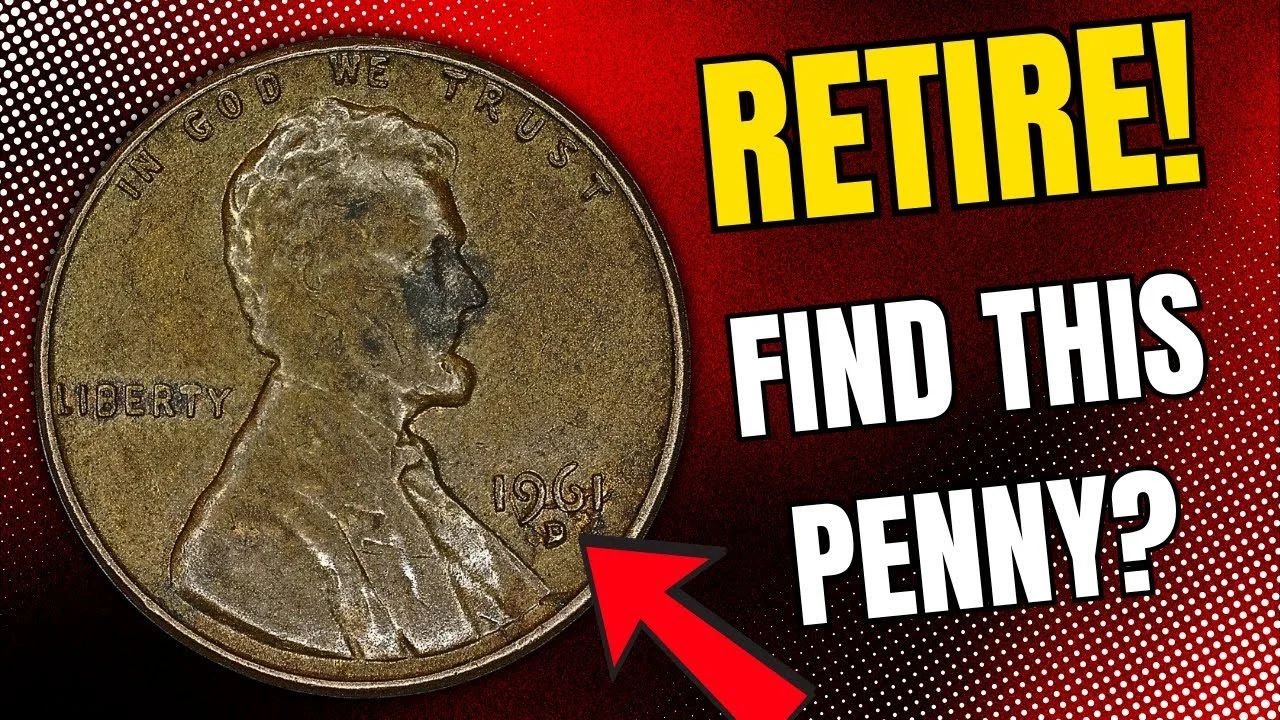The Lincoln Wheat Penny Worth $21 Million: Coin collectors and history enthusiasts have long been fascinated by the Lincoln Wheat Penny, a classic piece of American numismatic history. But recent buzz in collector circles has reignited attention — could there really be a Lincoln Wheat Penny worth a staggering $21 million still in circulation? Let’s dive into the story behind this legendary coin.
The Origins of the Lincoln Wheat Penny
The Lincoln Wheat Penny was first minted in 1909 to commemorate the 100th anniversary of Abraham Lincoln’s birth. Designed by Victor David Brenner, it became the first U.S. coin to feature a real person’s image. The coin’s reverse, with two stalks of wheat surrounding the words “ONE CENT,” gave it its nickname.
These pennies were minted until 1958, after which the reverse design was replaced by the Lincoln Memorial. But among those early issues, a few rare varieties have become worth fortunes — and one in particular has stunned collectors.
The $21 Million Lincoln Penny
The coin making headlines is rumored to be a 1943 Lincoln Wheat Penny, but not just any 1943 issue. That year, due to World War II metal shortages, the U.S. Mint produced pennies made of zinc-coated steel instead of copper. However, a few copper planchets (blanks) from 1942 were accidentally used in 1943 presses, resulting in a small number of 1943 copper pennies being struck.
Only about 40 of these rare copper 1943 Wheat Pennies are known to exist today — and depending on their condition and provenance, they can fetch millions of dollars at auction.
In one of the most remarkable transactions ever, a collector allegedly paid $21 million for a pristine, uncirculated 1943 copper penny, making it one of the most valuable coins in U.S. history.
How to Identify the Rare Penny
Here’s how you can check if you have one of these treasures:
- Date: Look for “1943” on the front.
- Material: Use a magnet — if it sticks, it’s steel and common; if it doesn’t, it might be copper.
- Color: Genuine copper coins have a reddish-brown tone.
- Weight: A copper penny weighs 3.11 grams, while steel ones weigh about 2.7 grams.
If your 1943 penny passes these tests, you might be holding a multimillion-dollar piece of history.
Could It Still Be in Circulation?
While it’s unlikely, it’s not impossible. Over the decades, many rare pennies have resurfaced in change jars, piggy banks, and estate sales. Some collectors believe a few 1943 copper Wheat Pennies may still be out there in everyday circulation, waiting to be discovered.
Why It’s So Valuable
Its astronomical value comes from its rarity, historical significance, and collector demand. Each 1943 copper penny tells a story of wartime America and the Mint’s production quirks — a perfect mix for numismatic fame.
Final Thoughts
If you ever come across an old Wheat Penny, don’t dismiss it as pocket change. That tiny coin could be worth more than your car, your house, or even your retirement fund.
Check your change — you never know when a $21 million Lincoln Wheat Penny might just pass through your hands.
FAQ The Lincoln Wheat Penny Worth $21 Million
Q1: Why is the 1943 Lincoln Wheat Penny so rare?
Because nearly all pennies that year were made from steel, only a few copper coins were accidentally struck, making them extremely rare.
Q2: How many 1943 copper Wheat Pennies exist?
Experts estimate around 40 genuine examples across all U.S. Mints.
Q3: What’s the easiest way to test if I have one?
Try the magnet test — steel pennies stick, copper ones do not.
Q4: Where can I sell a rare penny?
Through certified coin dealers, numismatic auctions, or reputable grading services like PCGS and NGC.
Q5: Can other Wheat Pennies be valuable too?
Yes. Rare dates like 1909-S VDB, 1914-D, and 1955 doubled die Wheat Pennies are also highly valuable among collectors.






